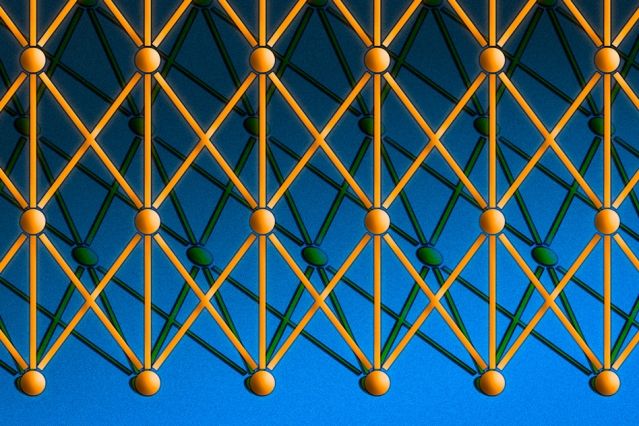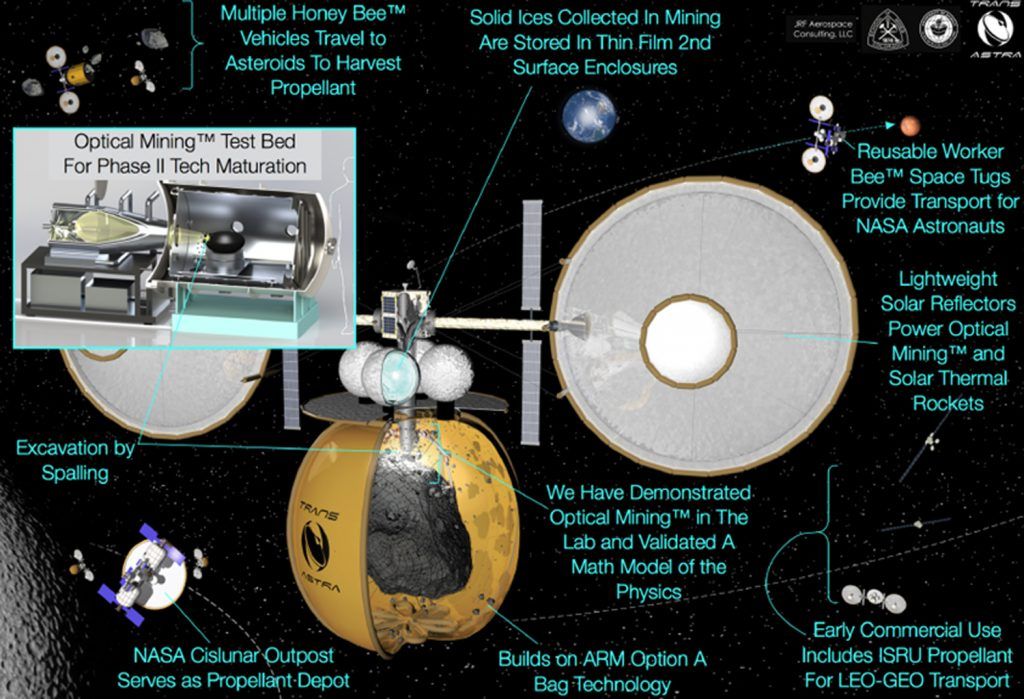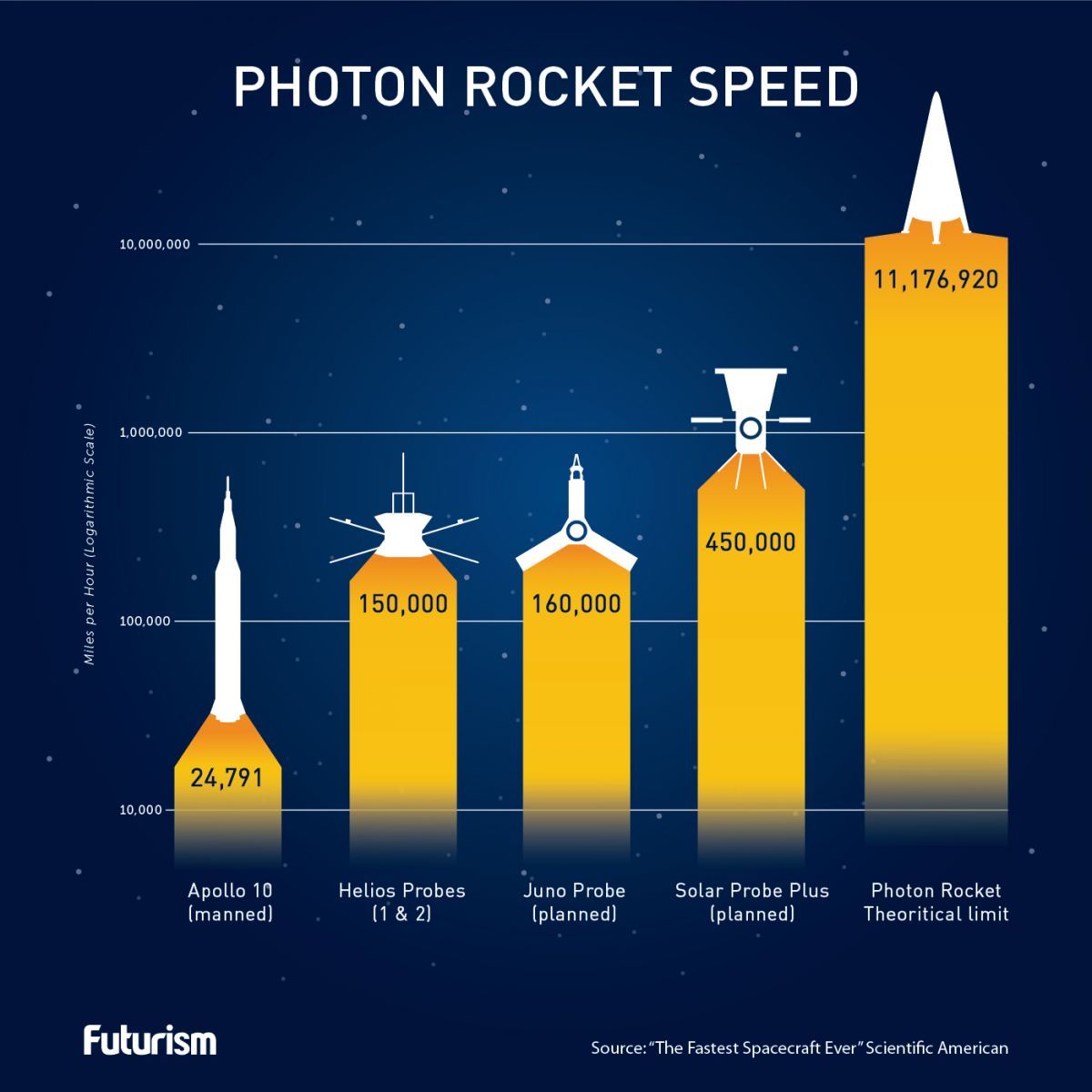May 31, 2017
The “Door’ To Another Universe…Can We Find The Black Hole That Opens It…Physicists Say “Yes!”
Posted by Andreas Matt in categories: cosmology, information science, mathematics, physics
According to a mind-bending new theory, a black hole could actually be a tunnel between universes, meaning our universe may be nested inside a black hole that is part of a larger universe. The theory explains that the matter doesn’t collapse into a single point, but rather gushes out a “white hole” at the other end of the black one.
The theory was published in the journal Physics Letters B, by Indiana University physicist Nikodem Poplawski. In his article, he presents new mathematical models of the spiraling motion of matter falling into the black hole. His equations suggest that wormholes are probable alternatives to the “space-time singularities” originally predicted by Albert Einstein.
Einstein’s equations for general relativity suggest singularities are created whenever matter in a given region gets too dense as would happen at the center of a black hole. Singularities are infinitely dense and hot, and take up no space. This idea has been supported by indirect evidence but has never been fully accepted into the scientific community.

















